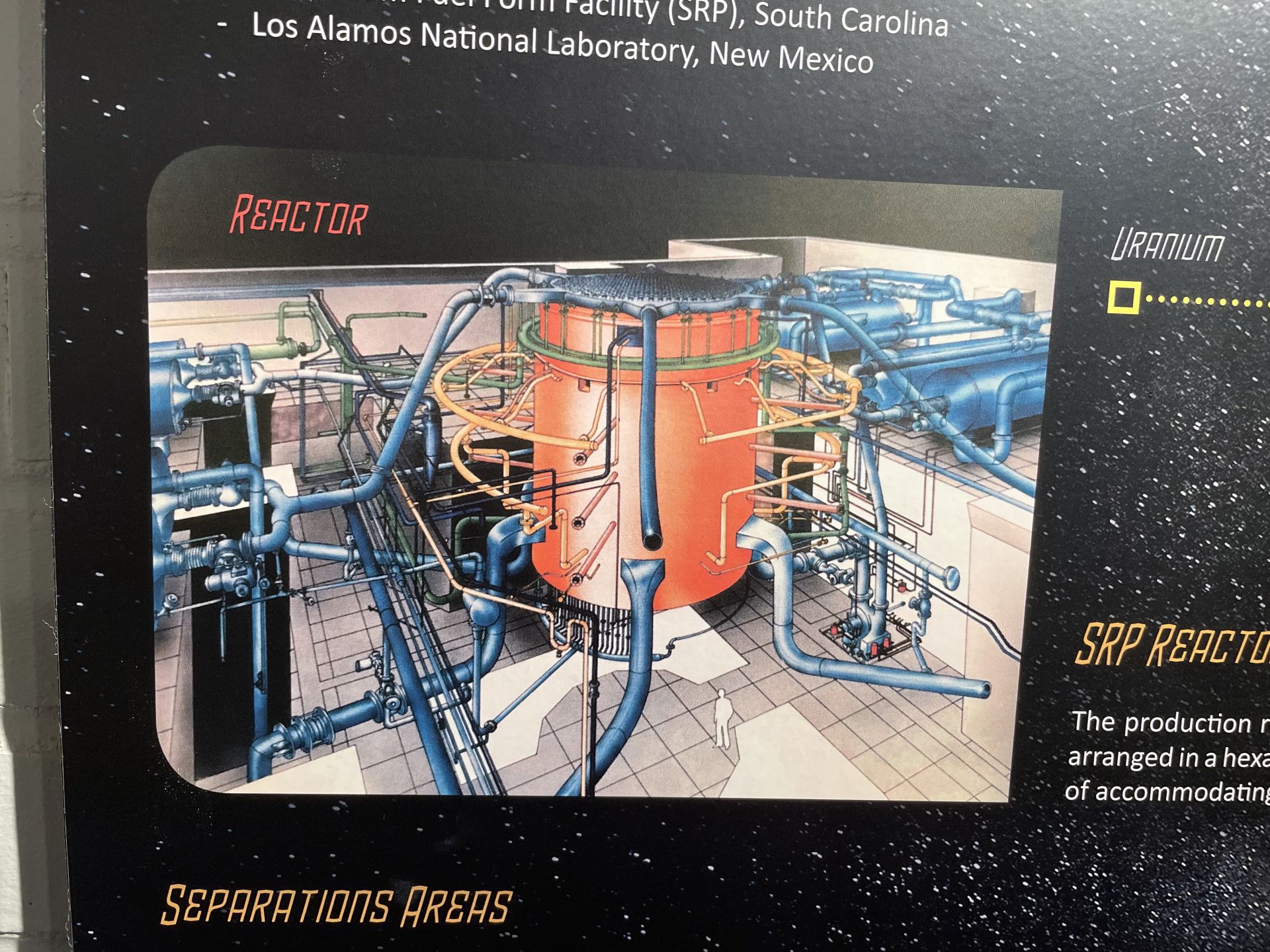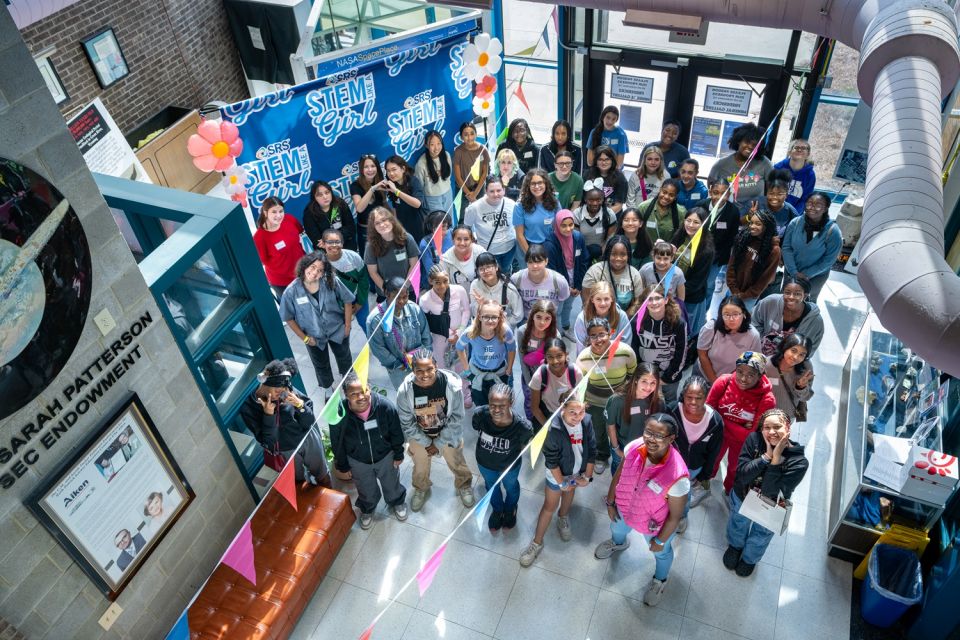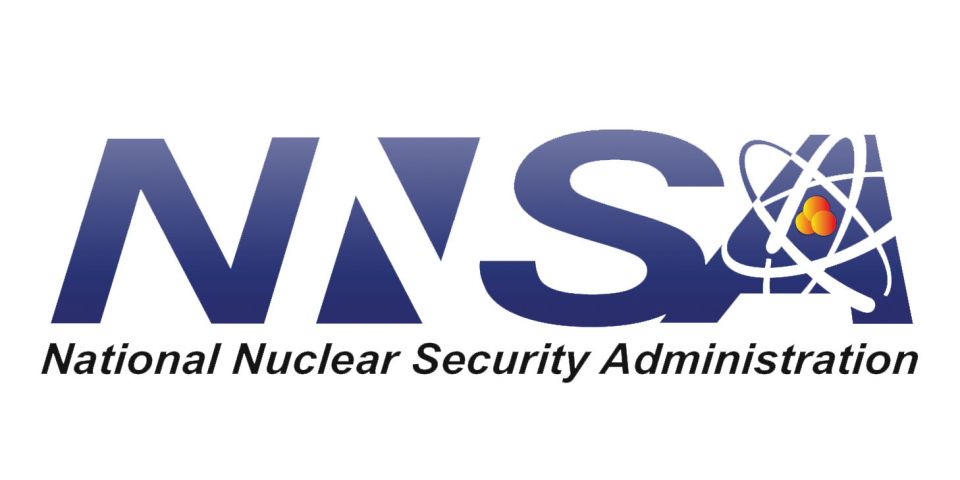
A schematic of a production reactor at the Savannah River Plant, as depicted on a poster in the SRS Museum. (Photo: SRS)
The reactors operated on a closed fuel cycle. There were two sources of high-enriched uranium (typically enriched to 20 percent or greater U-235) fuel for the reactors. The first was from spent naval reactor fuel reprocessed at the Idaho Chemical Processing Plant (now part of Idaho National Laboratory). The resulting HEU was shipped to Oak Ridge as uranyl nitrate hexahydrate for conversion to metal and then to the Savannah River Plant for use as reactor fuel. If more HEU was needed, a second source came from the Y-12 facility in Oak Ridge, Tenn. Y-12 would melt retired nuclear weapons’ uranium metal in order to declassify the material, and they sent the chunks of metal to the Savannah River Plant.
Reactor fuel and targets were made in the plant’s 300 Area. In later years, the fuel was made of concentric tubes of uranium-aluminum alloy with aluminum cladding produced in the 321-M Building. Pu-239 targets were depleted uranium metal slugs that came from the Fernald Feed Materials Production Center in Ohio and were then clad in aluminum in Building 313-M. In addition, neptunium-237, which was produced during fuel and target irradiation, was separated and irradiated to yield plutonium-238 and also fabricated in Building 321-M. Enriched lithium (lithium-6), used to produce tritium through reactor irradiation, was fabricated in Building 320-M. Lithium was used both for reactor control rods and as separate tubular targets.

A 1957 site map of the Savannah River Plant hangs in the SRS Museum. (Photo: SRS)
Originally, five reactors (100 Area) and later three reactors produced nuclear products. The reactors were both moderated and cooled by heavy water and operated at low temperature and low pressure. Recycling the fuel allowed the buildup of uranium-236, which then produced Np-237. The reactors operated with cycles and subcycles. Targets were changed at subcycles, generally lasting two months. Fuel was changed between cycles; typically, there were about four subcycles per cycle.
After irradiation, the fuel and targets were stored for about six months in a disassembly basin. After cooling, they were sent to Separations (200 Area) for reprocessing. HEU fuel was recovered in H Area. Pu-238 was also recovered in H Area. Depleted uranium slugs with Pu-239 product were recovered in F Area. Np-237 was recovered in both F and H Areas. Facilities to recover and process tritium were also in H Area. The waste from reprocessing was stored in large waste tanks in the F and H Tank Farms, which are now being processed for final disposition at SRS’s Defense Waste Processing Facility, Salt Waste Processing Facility, and Saltstone Processing Facility.
The recovered HEU was sent to Oak Ridge in liquid form for conversion to metal and then returned once more to the Savannah River Plant for reuse.
The plant’s reactors operated from 1953 to 1988, with the K reactor being run for a short period in 1992 to demonstrate operability. The fuel fabrication facilities have been decommissioned and removed. The F Area reprocessing facility has been shut down, and the H Area reprocessing facility continues to reprocess off-site reactor fuels. Tritium is now produced in a commercial reactor while tritium separation and processing continues at SRS. Pu-238 is being produced at other Department of Energy sites.
Jay Bilyeu is an ANS emeritus member who worked at the Savannah River Plant for 33 years and is a past chair of the ANS Savannah River section.













